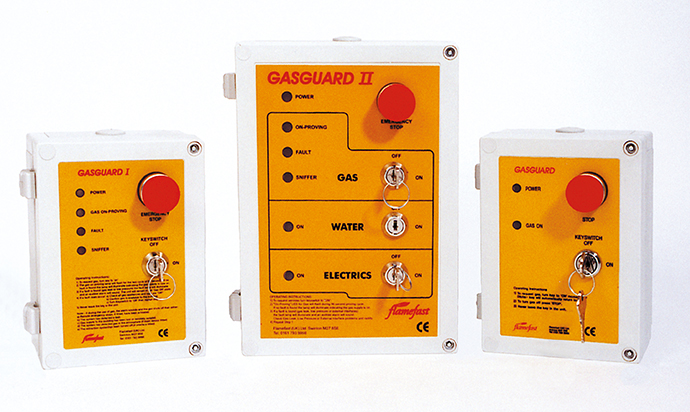Most legislations have always been open to interpretation, due to the way in which they must be applied. The requirements for both new and existing gas installations to meet the same standards is understandably not always feasible (financially or practically). However, differentiating between types of premises when it comes to the safety requirements has always baffled me. Gas detection is perhaps one of the best examples of this.
IGEM/UP/2 Edition 3 (installation pipework on industrial and commercial premises) provides very little detail regarding any gas detection requirements and, unless there is no suitable ventilation in place, it simply refers to carrying out of a risk assessment. IGEM/UP/11 Edition 2 (gas installations for educational establishments), however, provides much more clarification on the guidelines for the risk assessment in the form of additional requirements:
- If the plant room is not visited on a regular basis, or connects directly to a
potentially occupied space, combustible gas detectors should be fitted.
- If the plant room is connected directly
to, or more importantly, is accessible
from a potentially occupied space,
Carbon Monoxide detectors should be
fitted.
Whilst it is appreciated that additional care should be taken when dealing with children, ultimately the risks involved are the same, so surely this should apply across the board as a minimum requirement.
WHY ISN’T GAS DETECTION MORE COMMON?
Gas detection was once considered a black art, with the only products available being either domestic-type sensors, which lacked the required functionality to be integrated into a safety system, or those designed for off-shore applications which carried a premium that simply wasn’t justifiable for the lighter applications. However, in the last few years there has been a dramatic increase in the number of low-cost detectors available, designed specifically for the commercial and industrial market, making them an affordable solution for any installation.
Unfortunately, in the current financial climate, most construction projects (especially outside of the public sector) are cost driven. The cost of an average plant room replacement can be well in excess £20,000, including all plant, pipework and associated controls. Yet, although the gas detection element would only account for less than 2% of the overall cost, it is quite often overlooked, or more worryingly, removed as part of a ‘value engineering’ exercise using the grey areas in the legislations as rationalisation.
With most new installations, gas solenoid valves, heat detectors and emergency stops are specified and installed as standard. However, given that escapes of combustible gases, or build-ups of Carbon Monoxide pose the greater risk, surely these should be the same? Considering the number of affordable detectors currently on the market, is that 2% saving worth the potential risk for loss of life?
C&F Quadrant the distributor of Flamefast in NI and RoI, a market leader in gas proving/interlocking systems and CO2 detection solutions.
For more information telephone 028 9036 5555, e-mail michaelc@cfquadrant.ie or robertforsythe@cfquadrant.com











